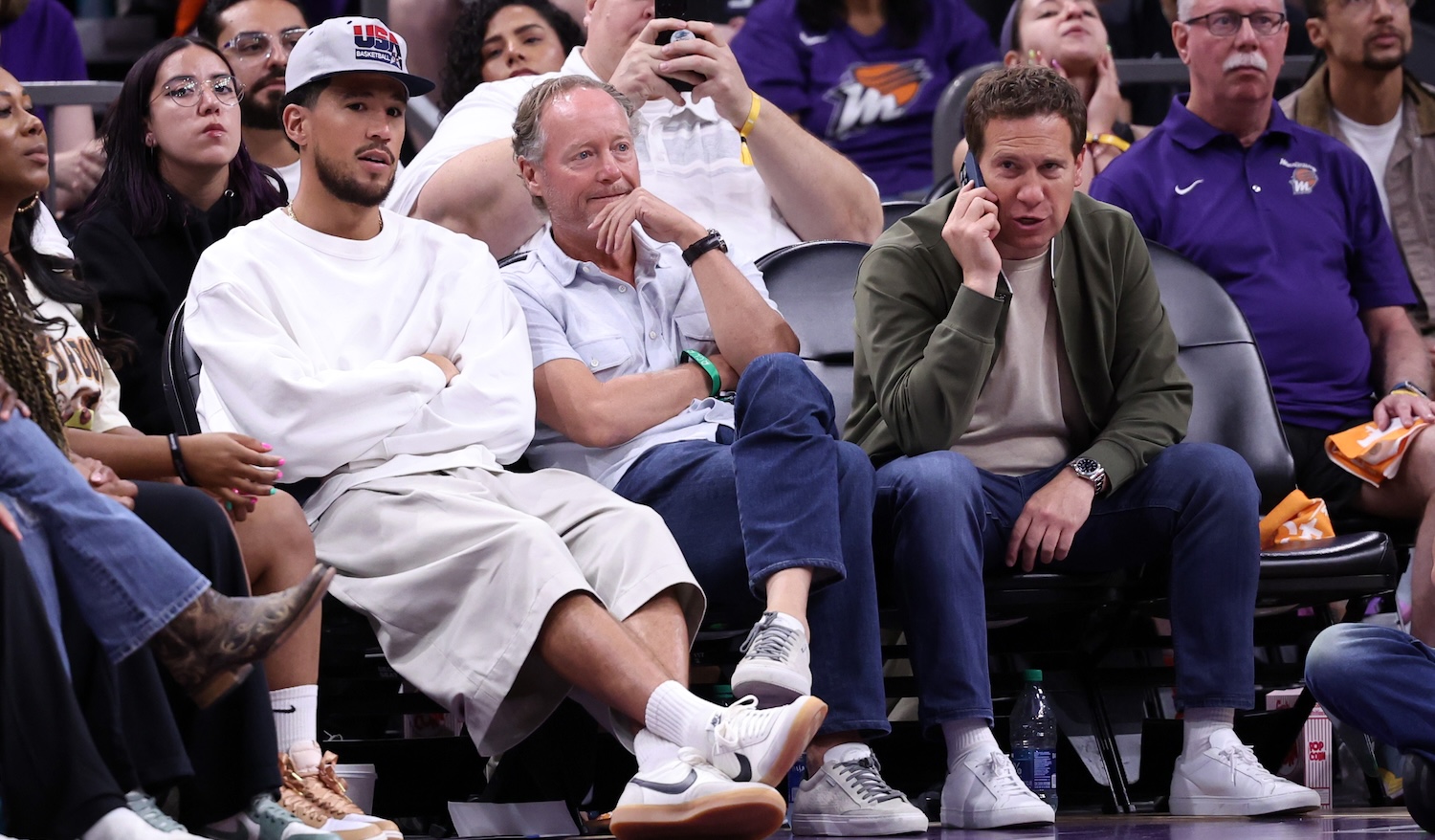Most of what I thought I knew about Sting in December of 2020, when he debuted in All Elite Wrestling, turned out to be wrong. For one, I thought he was done with pro wrestling, given he was 61 years old and last appeared in a match that was marred by a neck injury over five years earlier. For two, I thought that even if he did reenter the ring, his performances would be all smoke and mirrors, which was fine: His value was in his aura, not his athletic ability. "Sting doesn't need to be able to still convincingly hit the Stinger Splash or the Scorpion Death Drop to be impressive. He just needs to be Sting," I wrote after he returned.
For a while, Sting's place on TV fit in the context of his career arc. His first appearance in AEW didn't include anything more taxing than a series of staredowns. His new, much-younger partner, Darby Allin, made sense for reasons beyond their mutual love of goth facepaint—what Allin lacks in traditional pro-wrestling physique he makes up for with a willingness to throw himself from high places; his self-destructive mania was more than enough for both of them as a team. And Sting's first match back was a pre-taped "cinematic" affair, seemingly designed to cover for his sexagenarian shortcomings. His iconic presence was of clear value to the fledgling promotion, but they were playing it safe together.
Those guardrails disappeared as AEW emerged from its Jacksonville isolation and returned to proper touring in the middle of 2021. In the two-dozen or so matches he performed in front of live fans for the company, Sting became something of a reincarnated daredevil, taking as many cues from Allin's stuntshow fearlessness as the younger man was supposed to be taking from him. His first live match of the 2020s saw him leap off the stage and onto a couple opponents, and it only got riskier from there. As much as Sting played the hits on this final run, his last few years in wrestling were probably most memorable for his astounding defiance of his own age and medical history. While a younger wrestler might have done these diving spots off balconies and ladders with more grace, nobody could will the seemingly impossible into reality like old man Stinger.
Sunday's AEW pay-per-view in Greensboro was the long-awaited finale to a career that began in 1985. The main event was advertised as Sting's Final Match, and while you can never quite believe these proclamations in pro wrestling, Sting feels ready for a lasting retirement. Certainly, no comeback could top the match-of-the-year frontrunner that took place at the climax of this show, which (correctly) bucked a longstanding business tradition by giving the guy on his way out the feel-good win.
Darby and Sting, holders of the AEW tag titles, beat AEW cornerstones the Young Bucks in a match that was, in all ways, designed to celebrate Sting's career—from the decade-spanning pre-match hype video to the presence of special guests like Ricky Steamboat to the inclusion of Sting's grown sons in the ring, costumed like their dad in past stages of his life. That this packed-arena sendoff happened within an industry where far too many of Sting's peers didn't even live to his age helped make this unforgettable event an occasion to savor.
But as much as this night honored his past accomplishments as an entertainer, it also showcased what he's still able to do in the present day. Looking like he still had at least another year in him, Sting stayed true to his late style by pushing all reasonable limits, with multiple falls through tables and a truly shocking charge through a pane of sugar glass. I would have bet the price of this PPV that one of the Bucks was going through that pane, given that those dastardly heels set it up and Allin had already cut up his entire back falling from a ladder onto REAL GLASS earlier in the match. But Sting, in his 2,157th documented wrestling match, still had an urge for this kind of visceral physicality.
The key to any pro wrestler's enduring popularity is belief—not that their match outcomes are legitimately decided in the ring, but in the sense that there's a tangible authenticity to the performer you're paying to see. It's no secret that Sting is a character performed by a man named Steve Borden, who has made his living putting on a costume, painting his face, and engaging in scripted, simulated fights. But the meaning of wrestling comes from the wrestlers' ability to convince fans to enter the world they've conjured where the spectacle is reality. The physically grueling and athletically demanding acts the wrestlers put their bodies through serve as the conduit between the one world and the other. From his earliest days as a colorful superhero through his more brooding, supernatural noir persona, Borden consistently showed a special gift for sparking a crowd's imagination and thereby getting them to believe. In the world of AEW, he took on perhaps his toughest challenge yet: a man in his 60s tasked with the role of unbeatable beast even against stars half his age. Through the end, he stayed as committed as possible. As a reward, nobody ever had reason to doubt his validity. For once, the man lived up to the myth.






